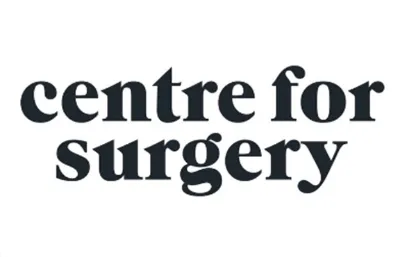Your first discussion with a surgeon should clearly set out your expectations and whether the operation can give you the results you desire.
Careful discussions regarding the reasons for wanting a buttock lift and your suitability for this type of surgery are very important at this stage. Make sure that you obtain as much information as is necessary to enable you to make a fully informed choice and make sure you receive satisfactory answers to all your questions. If you feel uncomfortable, ask more questions, or try another surgeon.
If, for example, you have good skin quality and tone, but your buttocks are flat rather than rounded, buttock implants, or fat transfer may be recommended to help produce a more rounded shape to your bottom.
For patients with excess fat around the sides of the buttocks who, again, have good skin quality and tone, liposuction alone may provide the best results in helping to reshape the buttocks. In such cases, the excess fat can simply be sucked out of your rear.
A medical history should also be taken to make sure that there are no reasons why you shouldn’t have this operation. You would normally be asked to sign a consent form which means that you have understood the potential benefits and risks associated with a buttock lift.
Photographs may also be taken by the practitioner as a "before and after" comparison at a later date.
The surgeon may also wish to write to your G.P. giving details of the operation so that if there are any problems associated with surgery in the short or long-term, your doctor is aware of the procedure and can help you to recover.
Anaesthesia
Buttock lifts are usually performed under a general anaesthetic. Alternatives to this include an epidural anaesthetic injection (sometimes used in childbirth) which will numb the area from the waist down, combined with a sedative to make you drowsy, so that you remain awake but feel very little discomfort.
Please take into account that a general anaesthetic carries more potential risks than an epidural. This should be clearly explained by the surgeon before you make any decisions about the anaesthetic.
The operation
If you make a decision to go ahead with a buttock lift, the actual procedure may take place in an outpatient surgical clinic, but most surgeons and patients prefer a hospital setting where you can recover overnight.
A buttock lift usually takes several hours, depending on the extent of work required, and whether any other procedures such as liposuction are involved.
The nature of this operation means long cuts need to be made in your skin and these will obviously leave long scars afterwards. The length of the scar will depend on how much excess skin you have. Typically, the scar will be all across the upper buttock; it might also go round the sides and possibly onto the front. Your underwear can usually hide the scar, however.
Nearly all types of excess skin can be improved with the traditional buttock lift as described above. However, sometimes, if you only have a small area of excess skin, especially in the lower buttock area, then surgeons can perform a limited cutting of the skin, and the scars are then left in the buttock crease. In this operation, the surgeon is not really lifting the buttock but rather giving a small area a gentle tightening.
During the traditional operation, half-moon shaped segments of skin and fat from underneath the surface of the skin are removed from the buttock area. The remaining skin and tissue are lifted to achieve a tighter and smoother effect.
Although the operation is often combined with liposuction, it is designed to tighten the skin and deep tissue.
After a buttock lift, dressings will be applied, and a temporary tube may be put in to drain excess fluid from the area of surgery. Firm elastic bandages are then applied to support the area.



























